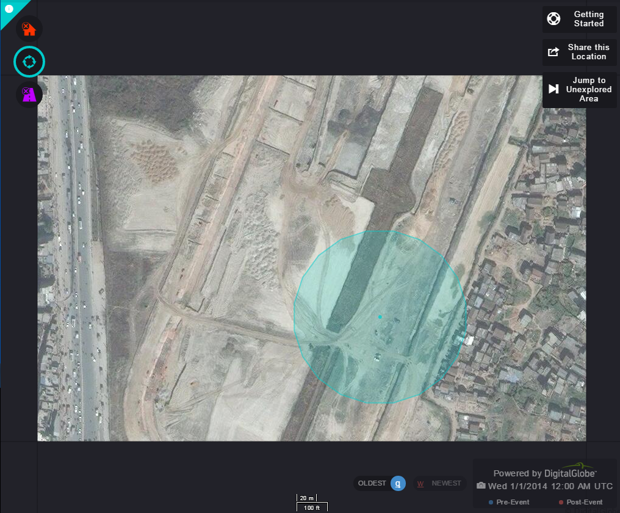
The Assam government will conduct DNA tests to identify the bodies of its residents who died in the Nepal earthquake.
Assam home commissioner L.S. Changsan today said seven persons from Assam -all from Guwahati - were feared dead. Six bodies have been identified by family members so far. The seventh body, suspected to be that of Padma Majumdar of Hengerabari here, could not be identified as her family members said it was not hers.
Padma was one of a group of eight from Hengerabari who went to Kathmandu on pilgrimage and was caught in Saturday's disaster. Five of the group are feared dead. Four bodies were identified by a group of relatives who reached Kathmandu yesterday. Padma is feared to be the fifth person killed from the area.
Kalpana Adhikari from Bhangagarh area and Hema Saikia from Narikal Basti area of the city were also killed.
Changsan said DNA tests would be conducted on all the bodies to be doubly sure about their identity. "We have collected DNA samples from the family members of the victims and it will be matched with those of the bodies," she added.
The official said there was delay in bringing the bodies to the state because of problems in flight movement in Kathmandu and inclement weather.
"The Kathmandu airport with its limited capacity is incapable of catering to an emergency situation like this. Aircraft have to keep hovering in the sky for an hour or two before they can land. We are expecting the bodies to reach Delhi tonight," she said.
Officials in the ministry of external affairs said the bodies would be brought from Kathmandu only in Indian Air Force aircraft. Around five IAF aircraft have been pressed into service at Kathmandu.
"Flight communication was affected today because of inclement weather. Yesterday, flight service was affected by a riot-like situation when more than 5,000 Indian nationals tried to enter the airport. Police had to be called in to control the situation," Changsan said.
A survivor who reached Guwahati today said there was a 3km-long queue by Indian nationals at Tribhuvan International Airport in Kathmandu. She said she could come only because of help offered by an airport official in catching a flight without having to wait in queue.
"Buses from Assam have reached Nepal today and we hope it would reduce the burden on flights and chances of further such situation," she said.
Changsan said a police team, led by inspector-general S.N. Singh, would leave for Kathmandu tonight and try to bring back people from Assam stranded there by road.
She said additional director-general of Assam police Umesh Kumar who tried to board a flight from Delhi to Kathmandu yesterday could not do so and reached Nepal capital this morning.
Changsan said of the 141 people from Assam reportedly missing in Nepal, 92 have so far either reached Delhi or Guwahati - five of them reached here today - while 13 have been traced and found to be safe. "Seven injured are in hospitals in Kathmandu and our efforts are on to trace the remaining 22," she added.
The relatives of a family of five from Noonmati here, who have been doing business in Kathmandu for the past 15 years, said they had talked to them on Friday, a day before the earthquake. "But after the quake their mobile number is not working," a relative said.
The external affairs ministry could not give specific data on how many people from the Northeast were stranded in Nepal.
Mockdrill
A district-level joint mock drill on earthquake was conducted at the Assam Secretariat in Guwahati today. A mock evacuation exercise was conducted in Block D and E to generate awareness among people in case of disaster.
A task force, comprising the National Disaster Response Force (NDRF), State Disaster Response Force, fire & emergency services and civil defence, operated under the supervision of the Assam State Disaster Management Authority for planning and co-ordination of the exercise. NDRF rescuers displayed extrication methods like rope rescue, highrise rescue and victim stabilisation.
Wednesday 29 April 2015
http://www.telegraphindia.com/1150429/jsp/frontpage/story_17304.jsp
continue reading




